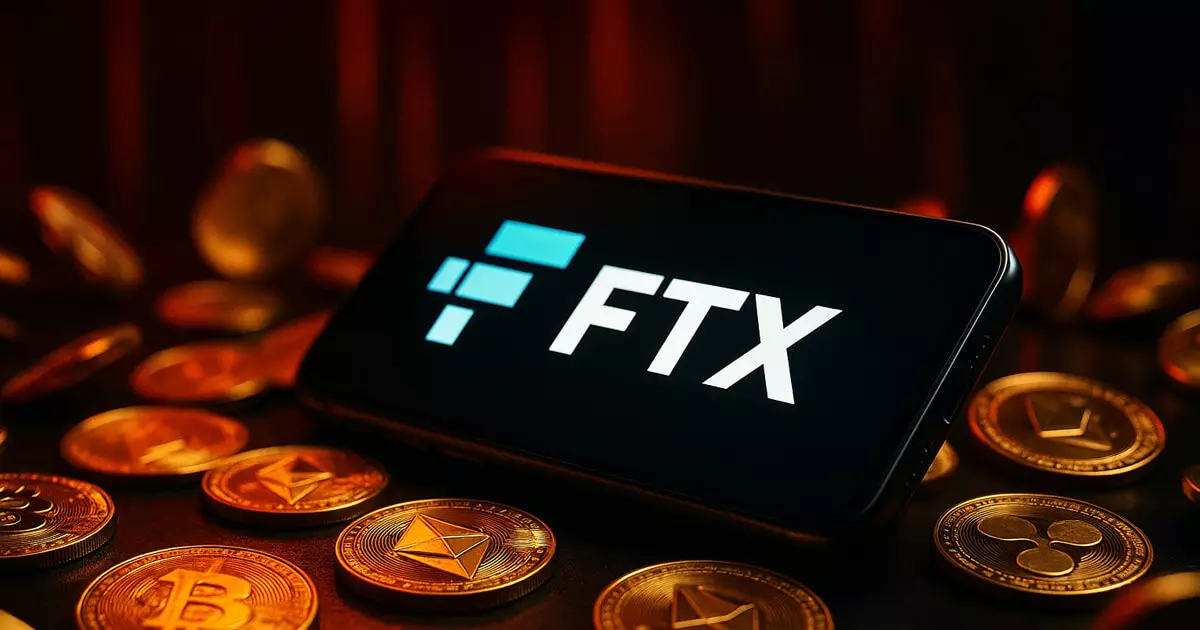The recent actions by BitGo in facilitating the second phase of FTX’s repayment process may seem like a beacon of hope for beleaguered creditors, but let’s pause for a moment to examine the ramifications. While on the surface, it appears that almost $5 billion will be disbursed to creditors, the reality is far more complex and infuriating. The creditors, including notable figures like Sunil Kavuri, have received notifications that their accounts have been credited; however, those funds remain locked until a predetermined date, rendering any immediate relief an illusion. The irony here is palpable; hope is being dangled in front of creditors while they find themselves in a bureaucratic limbo—it’s as if the system is reminding them that they are still at the mercy of the very institutions that enabled FTX’s collapse in the first place.
The Discontent of Creditors
Creditors are understandably disenchanted with the manner of these paybacks. The bankruptcy plan has been accused of being grossly inequitable, particularly when repayment amounts are tethered to cryptocurrency prices as they stood during FTX’s disastrous demise in late 2022. In an era where Bitcoin has skyrocketed to values far beyond its former lows, many creditors are left feeling like they’ve been shortchanged. They had hoped for payments in cryptocurrencies reflective of real-time valuations, but instead, they’re often receiving cash equivalent to outdated valuations. Such a move not only frustrates those hoping to recuperate their losses but highlights a broader systemic issue. Are creditors being compensated for their losses, or merely pacified?
Fiat: The Ironic Lifeboat
The fact that most repayments are being conducted in fiat currency only adds insult to injury. The shift from crypto payments to cash hints at a deep-seated problem regarding trust and valuation in the crypto space. Creditors are essentially being told their faith in digital currency was misplaced, compelling them to settle for paper currency in a digital economy. This begs the question: Is the allure of cryptocurrency merely an illusion? Do market fluctuations warrant a seismic shift in how distressed creditors are perceived and compensated?
Warning Signs: Phishing Schemes Amid Chaos
To exacerbate the chaos surrounding the repayment process, phishing attempts have surged, preying on anxious creditors eager for updates. Kavuri’s warning serves as a stark reminder that in this tumultuous landscape, the very people seeking recovery are at risk of further victimization. It’s a cruel twist of fate that as recovery efforts unfold, a darker side looms, reminding creditors of their vulnerability not only to financial loss but to cyber threats as well. The call for prudence in navigating these treacherous waters reinforces a disconcerting reality: even as BitGo attempts to facilitate recovery, the environment remains perilous.
The Moral of the Story
As FTX’s long-awaited recovery unfolds, the convoluted nature of the repayment process and the myriad ways creditors are being let down provoke ire and frustration. It’s difficult not to feel that the entire recovery initiative is riddled with pitfalls—one that serves as a cautionary tale against blind faith in both digital assets and the institutions that govern them. Creditors who once believed in a brighter digital future find themselves grappling with the disillusionment of an uncertain present.















Leave a Reply